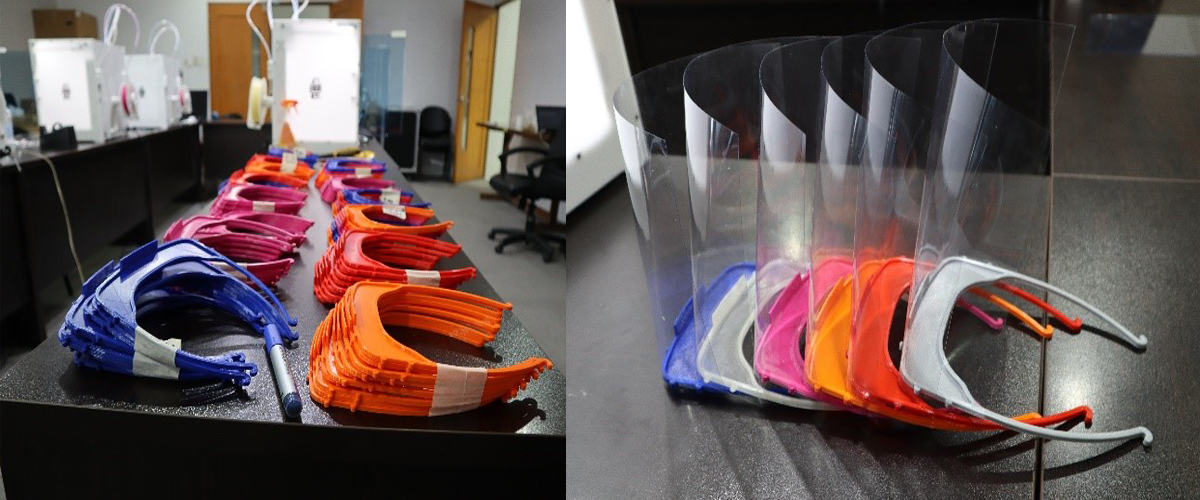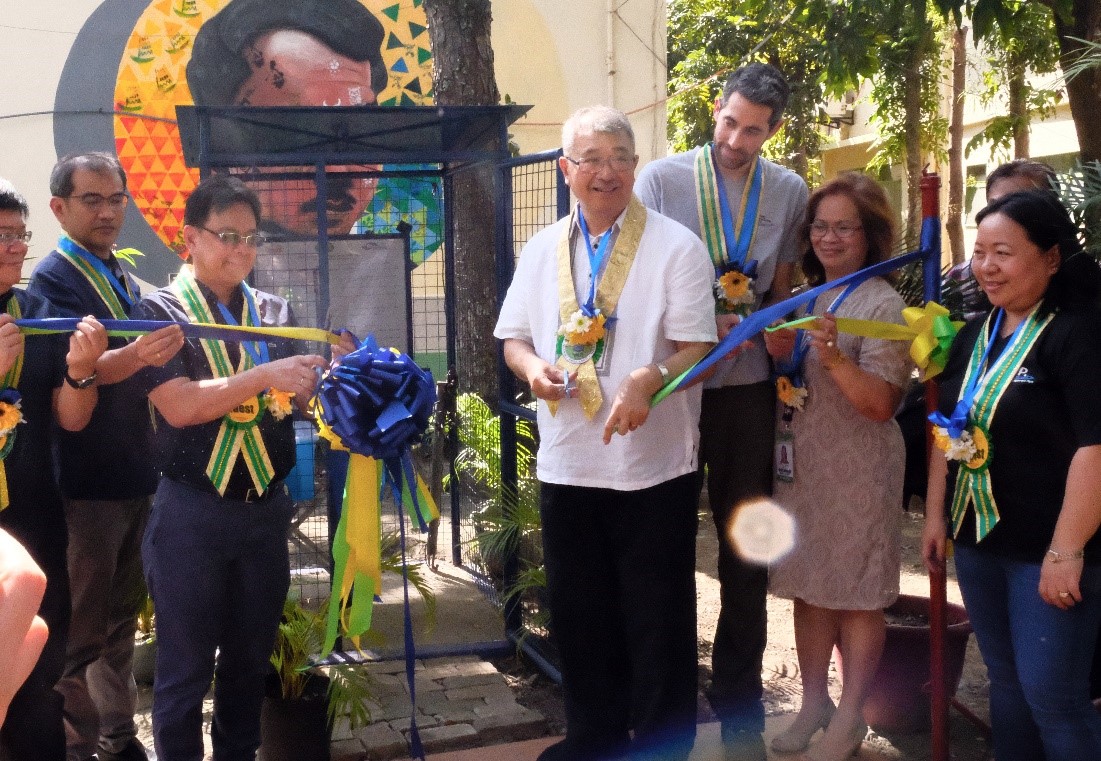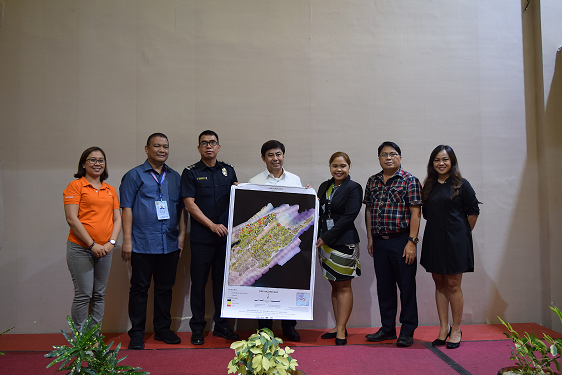To support frontline health workers in their battle to prevent the spread of COVID-19, the Department of Science and Technology (DOST) is currently producing 3D-printed face shield frames for distribution to the Philippine General Hospital, and will be extended to other hospitals.
Operating for 24 hours since March 23, the team of Engr. Fred P. Liza, project leader of the Research on Advanced Prototyping for Product Innovation and Development using Additive Manufacturing Technologies (RAPPID-ADMATEC), started printing frames with an initial target of 1000 pieces for the Philippine General Hospital (PGH).
“We are humbled by the opportunity to help in the urgent need of face shields, to cease the spread of this contagious disease. It will protect the face whenever a patient coughs or sneezes. Currently, we can print 10 frames every 1.5 hours,” says Engr. Liza.
The design for the 3D-printed frames will be optimized for further reduction of time during the production process.
“Currently, we are looking for ways to hasten production, such as using a larger nozzle size and modifying our printing parameters. Additional 3D printers are being reconfigured to augment our production volume. We are also looking into fabricating molds through DOST – Metals Industry Research and Development Center (MIRDC) and our technology partner, particularly Omnifab, for faster production of these frames using injection molding. Our goal is to deliver to the Philippine General Hospital every week via courier service,” he added.
RAPPID-ADMATEC is one of the projects under Advanced Additive Manufacturing R&D Program (AMCen), being supported by the Department of Science and Technology (DOST) and is monitored by DOST-Philippine Council for Industry, Energy, and Emerging Technology Research and Development (DOST-PCIEERD). It focuses on advanced prototyping and speeds up its process by reducing the time it takes to fabricate components and products.
Department of Science and Technology Undersecretary for Research and Development Dr. Rowena Cristina Guevara lauded the group for going the extra mile and contributing to the needs of our frontliners in battling COVID-19.
"As we make change happen through research and development, we maximize our assets to do our part in fighting COVID-19 with innovative solutions. We support our health workers with these visor shields that are products of our R&D facility," she said.
DOST-PCIEERD Executive Director Dr. Enrico C. Paringit commended the group for their dedication during the enhanced community quarantine period.
“As strong believer and willing partner in enabling innovation, we will continue to support endeavors like this to meet the urgent needs of the public especially during this outbreak,” he said.






